- Video: Top 13 Richest Sources of Vitamin C (Boost Immune System)
- Where is a lot of vitamin C found?
- Foods high in vitamin C
- How to understand that there is not enough vitamin C in the body?
- What is the daily requirement of vitamin C?
- In what form is vitamin C best absorbed?
- How to take vitamin C correctly?
- At what temperature does vitamin C die?
- How to preserve vitamin C when cooking?
- Video: Vitamin C Rich Foods || 20 Best Foods That Are High In Vitamin C
- Rate the author (1)
- Comments (1)
Vitamin C (ascorbic acid) plays a vital role in many processes in the human body:
- Immune function:Vitamin C is essential for the activation of white blood cells, which protect the body from infections.
- Wound healing:Vitamin C is involved in the synthesis of collagen, which is necessary for wound healing and maintaining healthy skin.
- Bone and Teeth Health:Vitamin C helps absorb calcium, which is essential for maintaining strong bones and teeth.
- Antioxidant Protection:Vitamin C is a powerful antioxidant that neutralizes free radicals, protecting cells from damage.
- Brain Function:Vitamin C is essential for the synthesis of neurotransmitters, which are involved in transmitting messages in the brain.
- Iron metabolism:Vitamin C increases the absorption of iron from food, which is necessary to prevent anemia.
- Nervous system support:Vitamin C is involved in the synthesis of myelin, which protects nerves and improves the transmission of nerve impulses.
- Heart health:Vitamin C may lower cholesterol and blood pressure, improving heart health.
- Strengthens blood vessels:Vitamin C helps maintain healthy blood vessels, reducing the risk of blood clots and improving circulation.
- Protection against chronic diseases:Vitamin C is associated with a lower risk of developing some chronic diseases, such as cardiovascular disease, cancer and age-related cognitive decline.
So, where is the highest amount of vitamin C? - further in our article.
Video: Top 13 Richest Sources of Vitamin C (Boost Immune System)

Where is a lot of vitamin C found?
Where is the most vitamin C table? Top foods with the highest vitamin C content per 100 g of weight:
- Rose hips - 1250 mg
- Hot chilli pepper - 240 mg
- Blackcurrant and Sea Buckthorn - 200 mg
- Parsley - 150 mg
- Yellow, red, green bell pepper - 132, 128, 120 mg
- Broccoli - 114 mg
- Kiwi - 93 mg
- Dill greens - 90 mg
- Brussels sprouts - 85 mg
- Cauliflower and Papaya - 62 mg
- Strawberry - 59 mg
- Oranges and Lemons - 53 mg
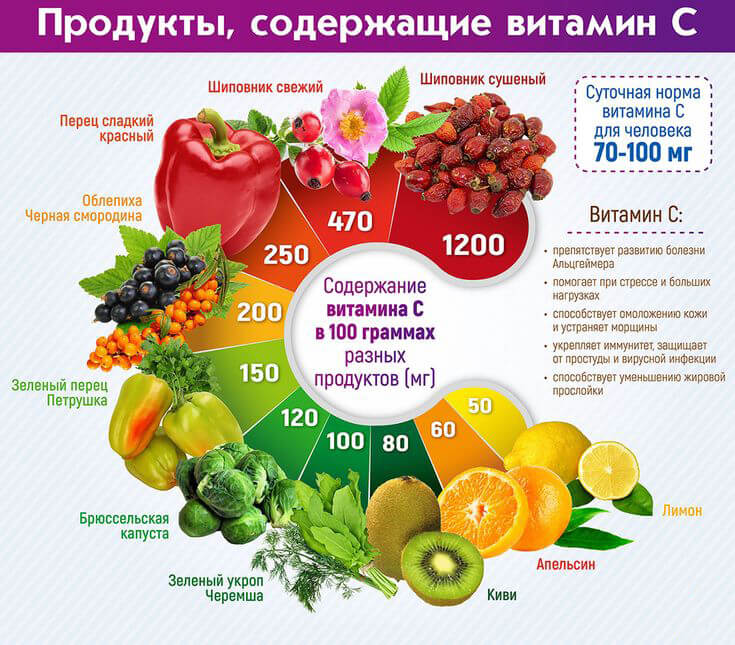
Data may vary depending on variety, maturity and growing conditions.
Foods high in vitamin C
Green
- Parsley - 150 mg
- Sorrel - 130 mg
- Dill - 90 mg
- Spinach - 70 mg
- Basil - 65 mg
- Green onions - 60 mg
- Rucola - 50 mg
- Mustard leaves - 45 mg
- Lettuce - 30 mg
- Cilantro - 25 mg
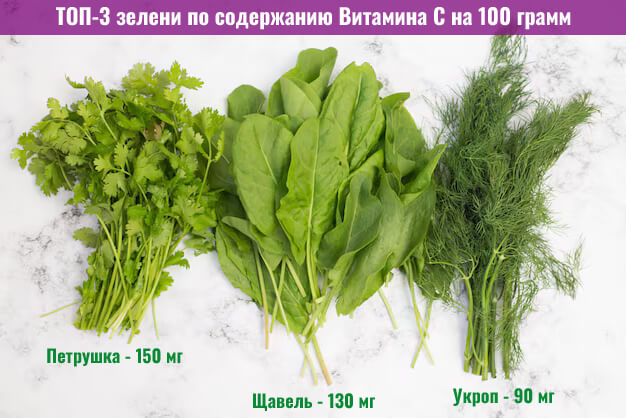
Fruits
- Rose hips - 1250 mg
- Black currant - 200 mg
- Kiwi - 93 mg
- Papaya - 62 mg
- Oranges - 53 mg
- Lemons - 53 mg
- Grapefruits - 46 mg
- Pineapple - 48 mg
- Strawberry - 59 mg
- Passion fruit - 30 mg
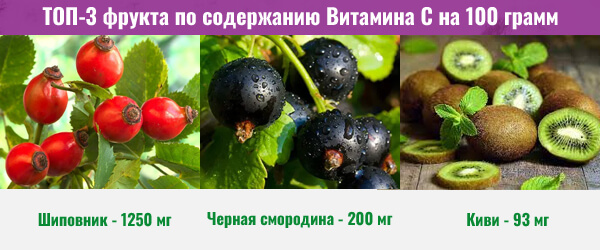
Vegetables
- Sweet pepper - 128 mg
- Broccoli - 114 mg
- Brussels sprouts - 85 mg
- Cauliflower - 62 mg
- White cabbage - 50 mg
- Savoy cabbage - 49 mg
- Kale - 47 mg
- Spinach - 29 mg
- Asparagus - 25 mg
- Tomatoes - 23 mg
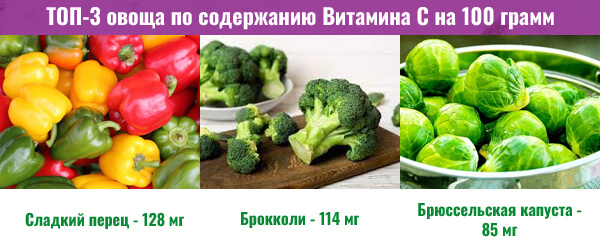
Other products
- Liver (beef) - 30 mg
- Kidneys (beef) - 27 mg
- Oysters (raw) - 24 mg
- Mussels (boiled) - 16 mg
- Sauerkraut - 15 mg
- Potatoes (raw) - 12 mg
- Beets (raw) - 10 mg
- Chicken egg - 6 mg
- Milk (cow) - 5 mg
- Hard cheese - 4 mg
It is worth noting that the vitamin C content of products may vary depending on the variety, maturity and growing conditions.
How to understand that there is not enough vitamin C in the body?
Symptoms of vitamin C deficiency:
- Fatigue and weakness:Vitamin C is essential for energy production in the body.
- Frequent infections:Vitamin C supports the immune system, protecting the body from infections.
- Delayed wound healing:Vitamin C is important for the synthesis of collagen, which is necessary for wound healing.
- Bleeding gums:Vitamin C keeps gums healthy and prevents bleeding.
- Dry and flaky skin:Vitamin C is necessary for the synthesis of collagen and elastin, which provide elasticity and hydration to the skin.
- Joint pain:Vitamin C is an antioxidant that can reduce inflammation in the joints.
- Bad mood:Vitamin C is involved in the synthesis of neurotransmitters that regulate mood.
- Loss of appetite:Vitamin C deficiency can lead to loss of appetite.
- Brittle nails:Vitamin C is essential for the synthesis of collagen, which strengthens nails.
- Hair loss:Vitamin C is an antioxidant that protects hair follicles from damage.
Vitamin C deficiency is rare, especially in developed countries. However, it can occur in people who do not eat enough fruits and vegetables, or in people with certain medical conditions, such as celiac disease or Crohn's disease.
What is the daily requirement of vitamin C?
The daily intake of vitamin C for an adult is usually around 60-90 mg. However, depending on gender, age, physical activity and other factors, this norm may vary.
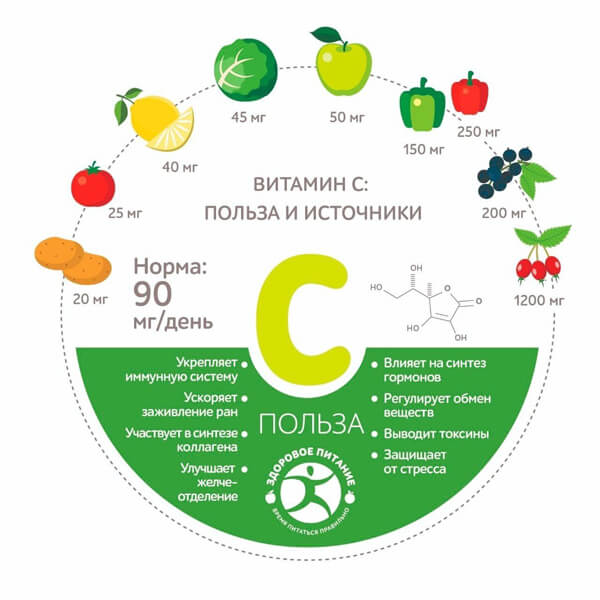
Recommended daily intake of vitamin C:
Adults
- Men: 90 mg
- Women: 75 mg
Children
- From 1 to 3 years: 15 mg
- From 4 to 8 years: 25 mg
- From 9 to 13 years: 45 mg
- From 14 to 18 years: 65-75 mg (depending on gender)
Pregnant and lactating women
- Pregnant women: 85 mg
- Breastfeeding women: 120 mg
These standards may vary depending on individual needs and health status. Always consult your doctor to determine the best dosage for you.
In what form is vitamin C best absorbed?
Vitamin C is best absorbed in the form of ascorbic acid, which is a synthetic form of the vitamin. It is more stable and better soluble in water, which makes it easier for the body to absorb.
Natural vitamin Cfound in fruits and vegetables is also well absorbed, but to a lesser extent than ascorbic acid. This is because vitamin C in natural foods is bound to other substances that may reduce its bioavailability.
Factors affecting the absorption of vitamin C
- Vitamin C form:Ascorbic acid is better absorbed than other forms of vitamin C.
- Solubility:Vitamin C is better absorbed in dissolved form.
- Taken with food:Vitamin C is better absorbed with foods containing fat.
- Stomach acidity:Low stomach acidity can reduce the absorption of vitamin C.
- Interaction with other substances: Some substances, such as iron and copper, may improve the absorption of vitamin C, while others, such as calcium and magnesium, may reduce it.
In general, for optimal absorption of vitamin C, it is recommended to take it in the form of ascorbic acid with foods containing fat.
How to take vitamin C correctly?
General recommendations for taking vitamin C
- Form: Vitamin C is best taken in the form of ascorbic acid.
- Dosage: Follow the recommended daily dosage indicated on the package or prescribed by your doctor.
- Take with food:Take vitamin C with a meal containing fat to improve its absorption.
- Dissolution in water:Dissolve vitamin C effervescent tablets or powders in water before taking.
- Avoid long-term storage:Vitamin C is sensitive to light and air, so it should be stored in a cool, dark place.
- Consultation with a Doctor:Always consult a doctor before taking vitamin C, especially if you are taking any medications or have any medical conditions.
Special recommendations for different groups of people
- Pregnant and breastfeeding women:Take vitamin C in the dosage recommended by your doctor.
- Smokers:Increase your intake of vitamin C, as smoking destroys this vitamin.
- People with certain medical conditions: People with celiac disease, Crohn's disease, or other conditions that may affect nutrient absorption may need to take higher doses of vitamin C.
Side effects
Taking high doses of vitamin C can cause side effects such as diarrhea, nausea and headaches. If you experience any side effects, stop taking vitamin C and call your doctor.
At what temperature does vitamin C die?
Vitamin C is destroyed at high temperatures. The temperature at which vitamin C begins to break down depends on the following factors:
- Vitamin C form: Ascorbic acid is less stable than other forms of vitamin C and begins to break down at lower temperatures.
- Acidic environment:Vitamin C is more stable in acidic environments.
- Presence of oxygen:Oxygen accelerates the breakdown of vitamin C.
In general, vitamin C begins to break down at temperatures above 50-60°C. When boiled for 30 minutes, about 50% of vitamin C is destroyed.
How to preserve vitamin C when cooking?
- Steam or blanch vegetables (cook them quickly in boiling water) instead of boiling them in a lot of water.
- Use acidic agents such as lemon juice or vinegar when cooking.
- Cook food for as short a time as possible.
- Avoid reheating food as this may lead to further loss of vitamin C.
Video: Vitamin C Rich Foods || 20 Best Foods That Are High In Vitamin C










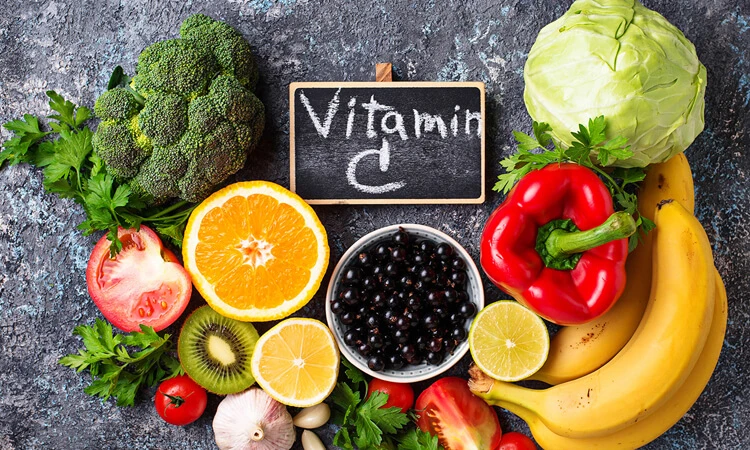



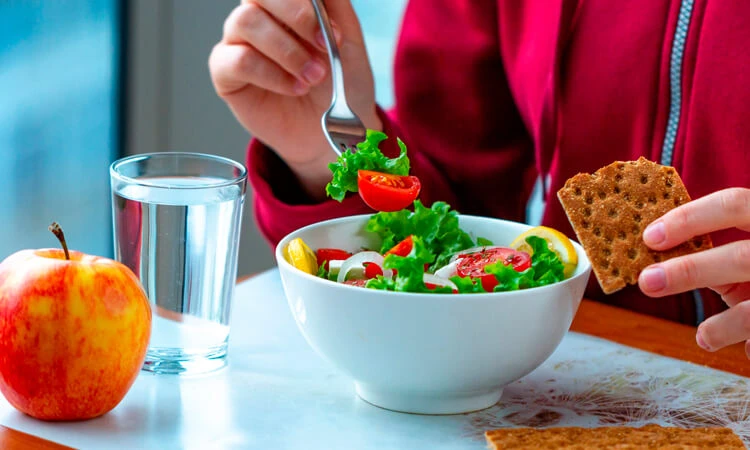

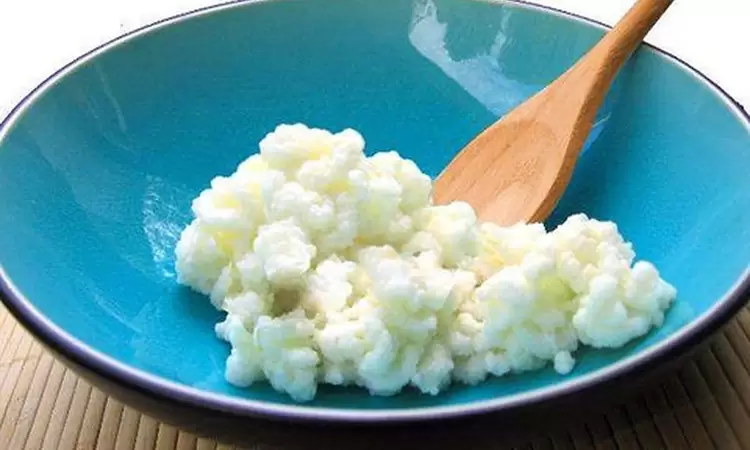

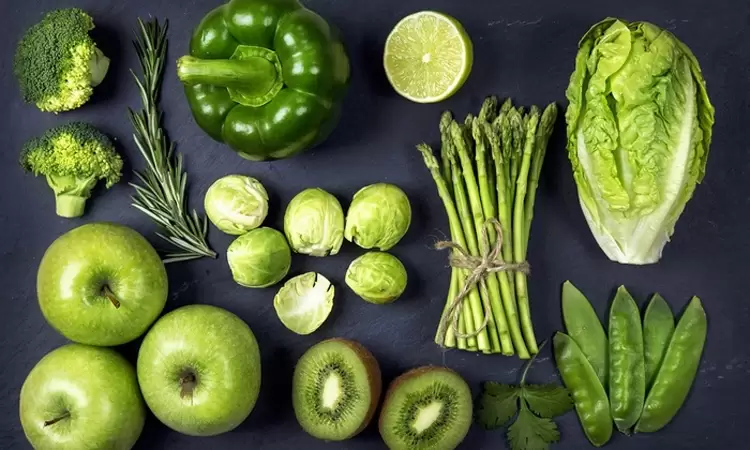
Comments (1)
1. Functions: Vitamin C plays an important role in maintaining healthy skin, mucous membranes, bones and teeth. It is also necessary for the absorption of iron, the body's antioxidant defense and strengthening the immune system.
2. Natural Sources: Vitamin C can be obtained from a variety of foods such as citrus fruits (oranges, lemons), strawberries, kiwi, broccoli, peppers, spinach and other fruits and vegetables.
3. Daily Value: The recommended daily allowance for vitamin C may vary depending on age and gender, but is usually around 65-90 mg for adults.
4. Deficiency and excess: A lack of vitamin C can lead to swelling, which is manifested by weakness, bleeding gums, and increased fatigue. Excess vitamin C rarely occurs from foods, but can cause stomach upset when taken in large doses.
5. Taking vitamin C supplements: For some people, such as smokers or pregnant women, your doctor may recommend taking additional vitamin C supplements.
It is important to remember that before making changes to your diet or starting to take any supplements, it is always best to consult a doctor or nutritionist.